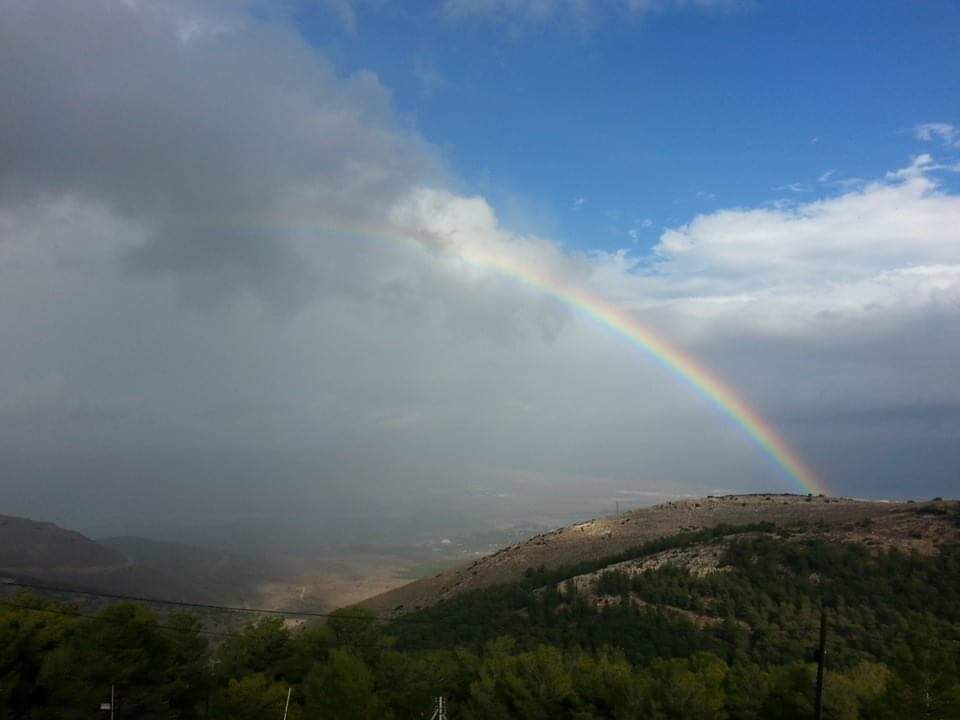We are experiencing an amazingly wet winter, with an additional rainstorm falling all across Israel at this moment, from North to South! Israel just experienced five straight years of drought, with 2018 considered one of the driest years in the last 100 years. After 5 years of this tremendous drought, it is a true blessing to have all these rains. Just look at how Israel looks today all over the country. These rains are a blessing.
The Western Wall of the Temple Mount
Floods on the Streets of Jerusalem
Hail Storm in the Usually Warm/Hot City of Beit Sha’an in the Jordan Valley
Flash Floods Outside Jerusalem
The Blessing of the Rainbow Over the Holyland

Flash Floods in the Judean Desert
Rivers streaming into the Sea of Galilee
Rains Flowing Down the Golan Heights
Today, #Hashem answered our prayers for rain in a major way.
— Malkah Fleisher 🕎 (@MalkahFleisher) February 28, 2019
Here are our blessings, flowing through the rolling hills of the Land of Israel. pic.twitter.com/e5O7qCbfLt
The Kinneret, the Sea of Galilee, which is Israel’s main source of natural water fell to an extremely low level due to the multi-year drought. Thanks to the current
Even though Israel is a leader in water technology, receiving much of its water from desalination and recycling, the Kinneret, supplied by rainfall, still accounts for 25 percent of the drinking water.
“Since the beginning of the rainy season, the level has risen by 1.8 yards (1.64 meters), but we still need 4.6 yards (4.20 meters) to fill the lake,” according to the Water Authority.
The Lower Red Line
The Water Authority marks three threshold lines on the lake: The upper red line, the lower red line, and the black line. The upper red line is 208.9 meters below sea level. When the water level reaches the upper line, the Deganya Dam is opened to allow greater flow into the Jordan River and prevent the lake from overflowing. If the level falls below the lower red line, 213 meters below sea level, the concentration of pollutants rises to undesirable levels and pumping water from the lake is prohibited. When the black line at 214.4 meters below sea level is reached, the openings to the pumps are exposed to the air, and they can no longer send lake water into the National Water Carrier.
While we are happy about the increase

 Whatsapp
Whatsapp